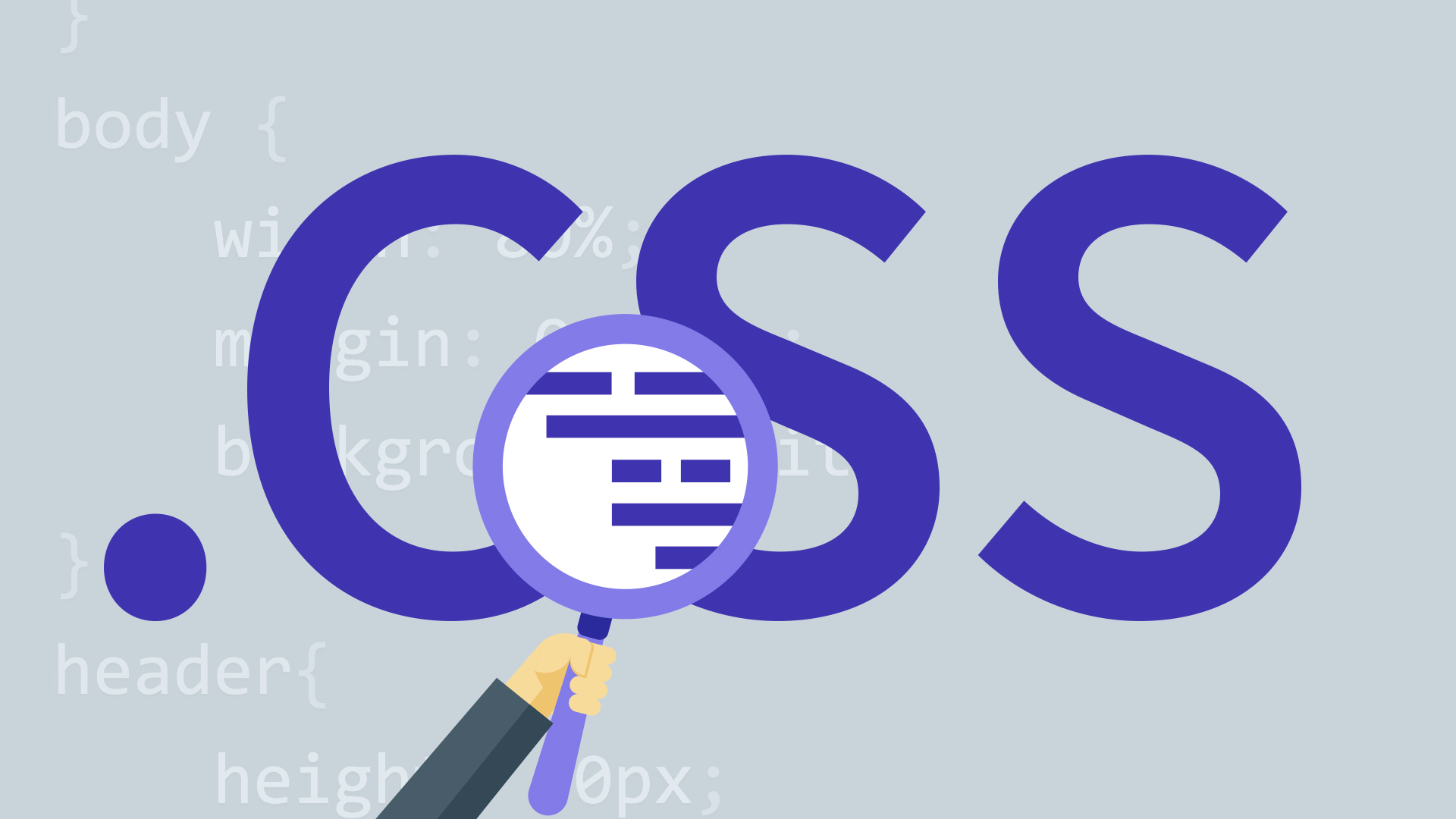Cascading Style Sheets (CSS) are a crucial part of web development, enabling developers to control the visual presentation of their websites. However, even experienced developers can make common CSS mistakes that can lead to frustrating issues and negatively impact the user experience. In this article, we will explore some of these common CSS pitfalls and provide insights on how to avoid them.
- Overreliance on !important:
Using !important should be approached with caution, as it can lead to specificity issues and make your styles hard to manage. It’s often better to reevaluate your CSS structure and resolve specificity conflicts rather than resorting to !important. Overusing this rule can create a maintenance nightmare and make it challenging to debug issues later.
/* Avoid */
p {
color: red !important;
}
- Inline Styles:
While inline styles can be convenient for quick fixes, relying on them too heavily can hinder maintainability and make it challenging to update styles consistently across your website. It’s recommended to keep styles separate from HTML and use external style sheets for better organization and scalability.
<!-- Avoid -->
<div style="color: blue; font-size: 16px;">Content</div>
- Global Selectors:
Applying styles globally without considering the scope can lead to unintended consequences. Be cautious when using global selectors like * or applying styles to generic HTML elements, as it can affect elements throughout your entire document. Instead, use more specific selectors to target only the elements you intend to style.
/* Avoid */
* {
margin: 0;
padding: 0;
box-sizing: border-box;
}
- Not Using CSS Resets or Normalization:
Different browsers have default styles for HTML elements, and failing to reset or normalize these styles can result in inconsistent layouts across browsers. Consider using a CSS reset or normalization library to ensure a consistent starting point for your styles.
/* Avoid */
body {
margin: 8px; /* Inconsistent default margin across browsers */
}
- Incomplete Cross-Browser Testing:
Failing to test your website across various browsers can lead to unexpected rendering issues. Make sure to test your CSS on popular browsers like Chrome, Firefox, Safari, and Edge to ensure a consistent and reliable user experience.
- Not Using Flexbox or Grid for Layouts:
Older methods for creating layouts, such as floats and positioning, are now considered outdated with the introduction of Flexbox and CSS Grid. Embrace these modern layout techniques to simplify your code and create more responsive designs.
/* Avoid */
.container {
float: left;
}
Avoiding these common CSS mistakes is essential for maintaining a clean, scalable, and maintainable codebase. By following best practices and staying updated on the latest CSS features, developers can create visually appealing and well-performing websites while minimizing potential pitfalls. Regularly reviewing and refactoring your styles will contribute to a smoother development process and a more enjoyable user experience.
Complete the form located at this page https://synpass.pro/contactsynpass/ in order to get in touch with us regarding your project☝

